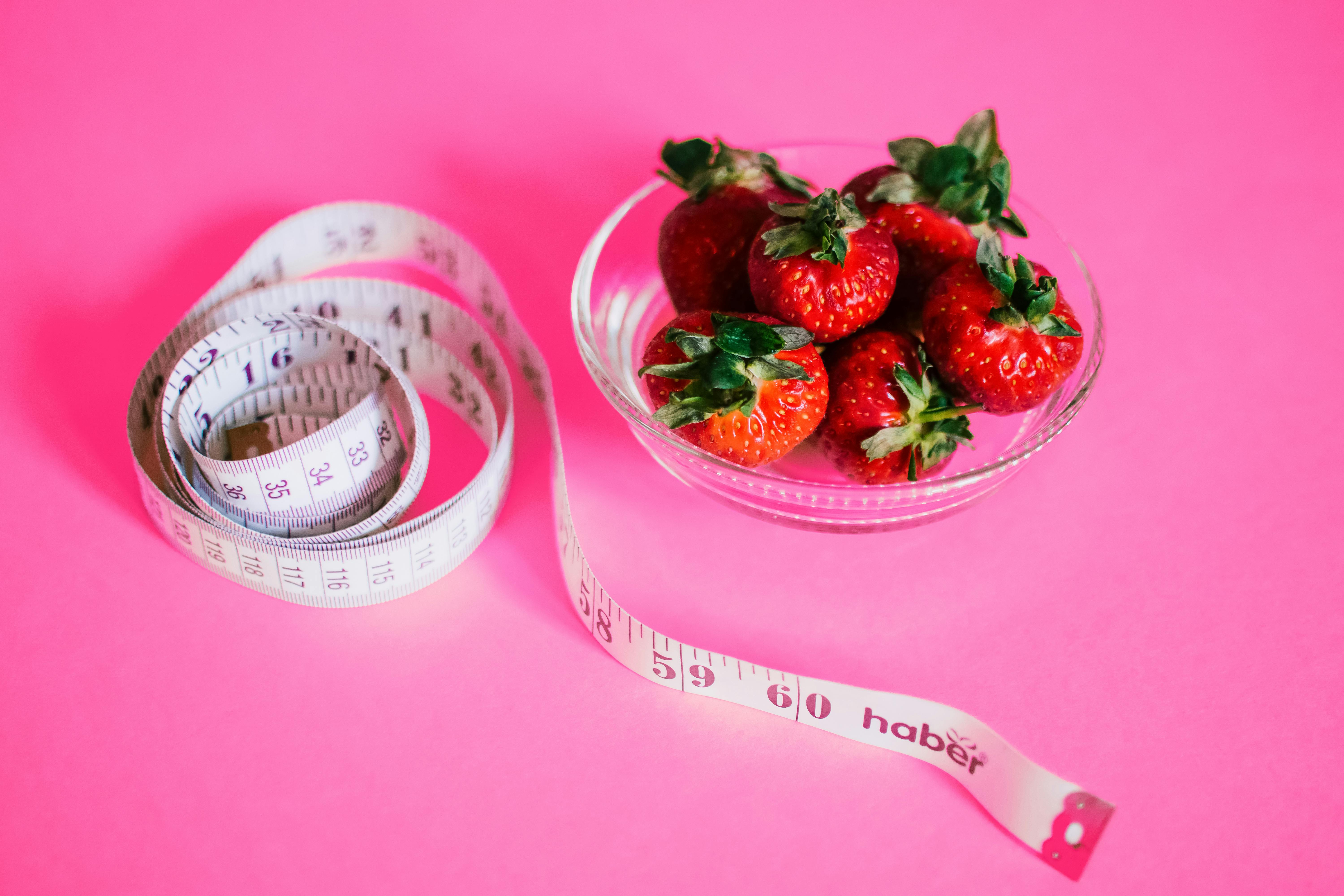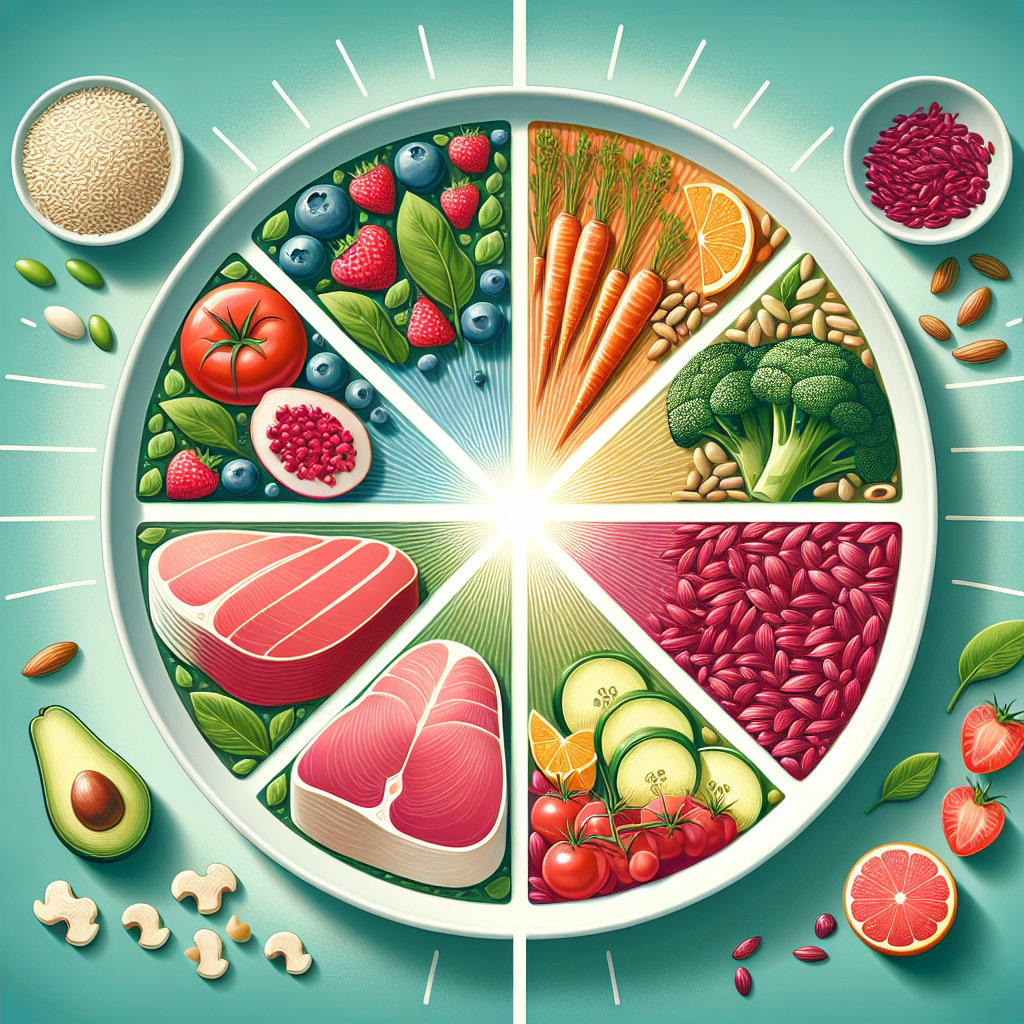Calories
The article “Calories” provides an in-depth exploration of caloric content, conversion, and daily requirements in various contexts. Emanating from a fundamental understanding of what calories are, the article elaborates on how many calories various everyday foods like apples, eggs, avocados, and watermelon contain. It progresses to unravel the amount of calories one needs to consume and burn throughout the day and provides guidance on caloric intake for weight loss. Moreover, the piece sheds light on the calories stored in a pound of body weight, the energy contents of various food items, and physical activities that can burn off the most calories. Expert-backed advice harmonizes theoretical knowledge with practical steps, thereby equipping you with robust understanding and actionable strategies for managing your caloric intake.

Understanding Calories
Definition of Calories
A calorie is a unit of energy. It’s classified scientifically as the amount of energy required to heat one kilogram of water by one degree Celsius. However, when we reference calories in daily life, particularly in association with food and drink, it’s usually “calories” with a capital “C”, that is kilocalories.
How Calories Work in the Body
Calories consumed through food and drink are metabolized by the body and used as energy. When you ingest food, the body begins to break it down through digestion, extracting the energy stored in carbohydrates, proteins, and fats. This energy fuels all bodily functions from cellular repair and growth to muscle movement.
Importance of Calories in Human Diet
Calories are vital for human survival. They provide the energy that your body needs not only for physical activity but also to support basic body functions like breathing and thinking. Without a sufficient intake of calories, the body would not be able to maintain these processes and would ultimately fail.
Recommended Daily Caloric Intake
Determining Individual Caloric Needs
The amount of calories a person needs every day depends on a variety of factors including their age, sex, weight, height, and physical activity level. An average adult woman requires around 2000 calories per day while an adult man needs about 2500.
Factors Determining Daily Calories Requirement
Various factors can affect your daily caloric requirement. These include age, sex, weight, height, and physical activity level. For instance, older individuals typically require fewer calories than younger ones, due to a lesser amount of muscle and slower metabolic rate.
Variation of Caloric needs Based on Sex and Age
Generally, men require more calories than women due to larger body size and more muscle mass. Similarly, caloric needs vary among different age groups. Children and teenagers require more calories to support growth and development while older adults need lesser due to a slower metabolism.

Calories in Common Foods
Calories in Fruits
Fruits are a great source of nutrition and are relatively low in calories. For instance, a banana contains around 105 calories, an apple has approximately 95, and an orange houses 60. Sweeter, tropical fruits like mangoes and pineapples have higher calorie counts with 150 and 70 respectively.
Calories in Vegetables
Vegetables are typically low in calories. For example, a full cucumber contains around 45 calories. However, certain vegetables like avocados are an exception, with an average of 240 calories per avocado due to its high healthy fat content.
Calories in Eggs and Chicken Breast
An egg contains around 70 calories while a chicken breast has approximately 165 calories per 100 grams. Both are excellent sources of protein.
Calories in Grain Products
A cup of cooked rice contains approximately 200 calories. The caloric content may vary slightly based on type, for instance, brown rice or wild rice.
Calories in Alcoholic Beverages
The calorie content in alcoholic beverages is high. For instance, a shot of vodka contains approximately 97 calories. Keep in mind, mixers added to alcoholic beverages can often increase the total caloric content significantly.
Calories and Weight Management
Role of Calories in Weight Gain and Loss
The basis of weight gain or loss hinges on the balance of calories consumed and expended. Consuming more calories than you burn on a regular basis (caloric surplus) leads to weight gain, whereas burning more than you consume (caloric deficit) leads to weight loss.
Understanding How Many Calories to Lose Weight
To lose weight, you typically need to reduce your caloric intake to create a energy deficit. It’s generally recommended to aim for a deficit of 500 to 1000 calories per day to achieve a safe and sustainable weight loss of 1 to 2 pounds per week.
How Many Calories are in a Pound of Body Weight
A pound of body weight is approximately equal to 3500 calories. Therefore, to lose one pound, you must create a total deficit of 3500 calories.
Caloric Deficit and Surplus in Weight Management
In weight management, caloric deficit refers to consuming fewer calories than your body needs to maintain its current weight, leading to weight loss. Conversely, caloric surplus implies consuming more calories than your body burns, resulting in weight gain.

Burning Calories Through Physical Activities
How Exercise Helps in Burning Calories
Exercise is a great way to burn calories. Your body uses energy to move, and the more intense the exercise, the more calories you burn.
How Many Calories Do You Burn in a Day
The amount of calories you burn in a day depends on your basal metabolic rate, the number of calories your body needs to perform basic functions, and your level of physical activity.
What Exercise Burns the Most Calories
High-intensity exercises such as running, cycling, and swimming burn the most calories. The actual number varies depending on your weight and the intensity of the activity.
Understanding Calories Burned While Walking
Walking is a low-impact physical activity that burns calories. On average, you can expect to burn between 90 and 200 calories per mile, depending on your weight and the speed of your walk.
Caloric Content and Diet Planning
Incorporating Caloric Information in Meal Planning
To manage weight or fuel physical activity, it’s important to balance the number of calories you consume and burn each day. This means carefully planning meals to include a balance of proteins, carbohydrates, and fats within your caloric needs.
How Many Calories Should I Eat to Lose Weight
The number of calories you should consume daily to lose weight depends on your current weight, metabolic rate, and level of physical activity. Generally, creating a calorie deficit of 500 to 1000 calories per day can result in a sustainable weight loss.
Balancing Caloric Intake and Expenditure
The balance between the calories you eat and burn is key to maintaining, gaining, or losing weight. If your goal is to maintain your weight, aim to consume roughly the same number of calories that your body uses in a day.

Calories in Fast Food
Understanding Fast Food Calorie Content
Fast food often contains a high number of calories, largely from fat and sugar. For instance, a Big Mac contains around 540 calories.
How Many Calories are in a Big Mac
A Big Mac contains around 540 calories. Keep in mind, if you include fries and a soft drink, the total calorie count could close to double.
Impact of Fast Food on Daily Caloric Intake
Regular fast-food consumption can significantly increase your daily caloric intake due to the high-calorie content and large portion sizes. Eating fast food frequently can make it difficult to maintain a balanced diet and can lead to an excessive calorie intake, harmful to your health.
Low and Zero Calorie Foods
Understanding Watermelon and Other Low Calorie Foods
Some foods, like watermelon, are considered low-calorie because they contain fewer calories than the body uses to digest them. A cup of diced watermelon, for example, contains just 46 calories.
Role of Zero Calorie Foods in Weight Management
While there are no foods that are truly zero calories, some foods are close to it. These low-calorie foods can be useful in weight management as they fill you up without adding many calories to your diet.
Impact of Low Calorie Foods on Overall Diet
Including low-calorie foods in your diet can help in maintaining a healthy weight and provide essential nutrients without adding a significant amount of calories. This creates a balance in your diet and helps in achieving the desired caloric intake.

Caloric Needs with Changing Life Stages and Conditions
Caloric Needs During Puberty
Puberty is a time of rapid growth and development, leading to increased caloric needs. Adolescent boys and girls need about 2200 to 3200 calories per day, depending on their activity level.
Caloric Needs During Pregnancy
During pregnancy, women require additional calories to support the growth and development of the fetus. On average, an additional 300 calories per day is recommended.
Caloric Needs for Athletes
Athletes may need significantly more calories than the average adult due to higher physical activity levels. Some athletes may require up to 5000 calories per day.
Caloric Needs During Aging
As we age, our metabolic rate slows down, reducing the amount of calories needed to maintain body functions. Senior adults may need around 1600 to 2000 calories per day.
Misconceptions About Calories
Debunking Common Myths About Calories
Not all calories are created equal. Calories coming from nutrient-dense foods like fruits and vegetables provide more health benefits than those from foods high in sugar or processed foods.
Understanding the Quality vs. Quantity Debate in Calorie Consumption
While total caloric intake matters for weight management, the quality of calories consumed is also important. Calories from nutrient-dense foods are far better for health than calories from unhealthy food.
Interpreting ‘Calories’ on Nutrition Labels
On nutrition labels, you’ll find the caloric content per serving, not for the entire package. Understanding this helps in keeping track of your caloric intake. Remember, it’s not just about how many calories you consume, but where these calories come from and how they fit into your overall diet.

